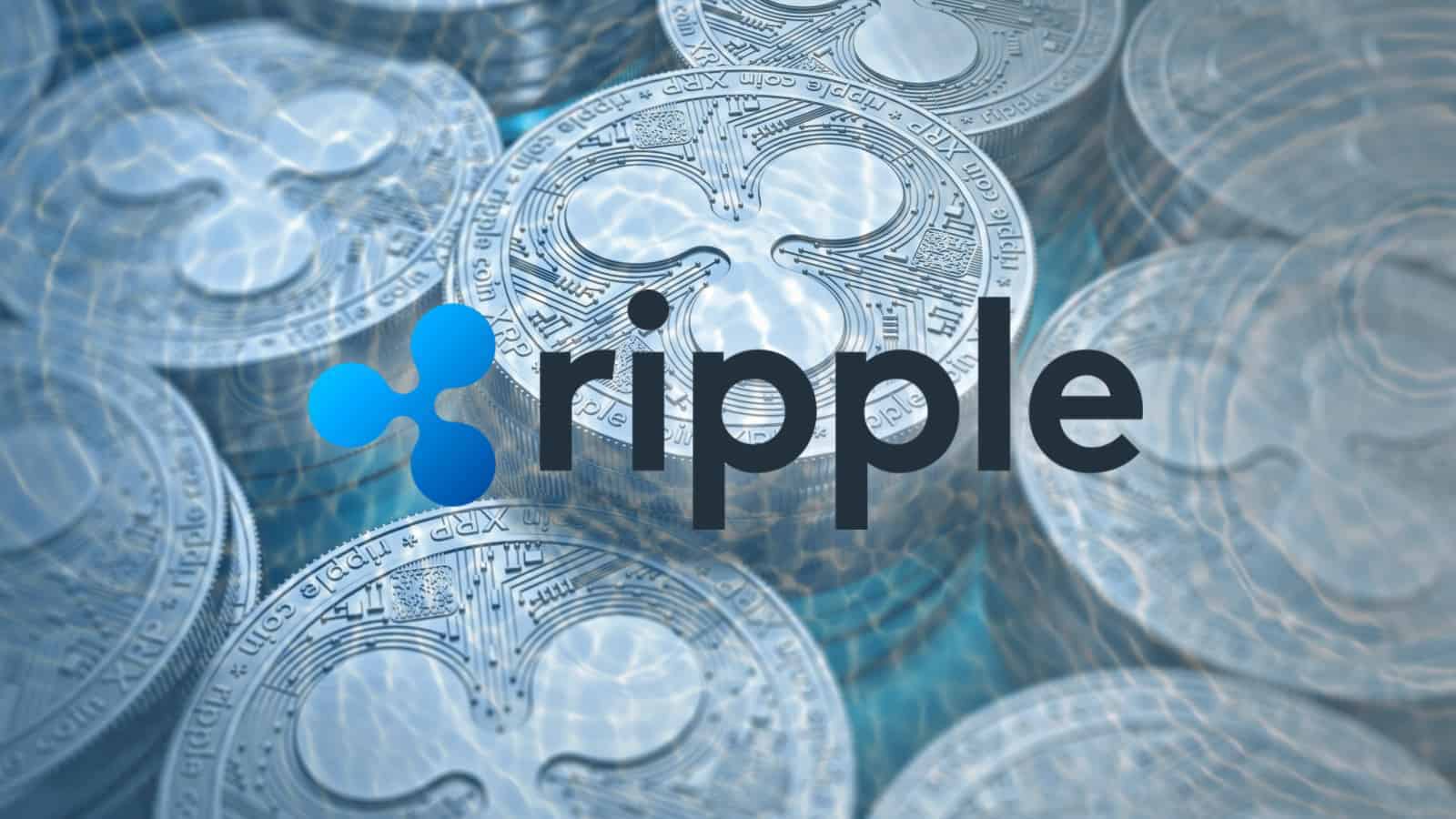Ripple XRP

Ripple XRP is a cryptocurrency and a global payments network designed to enable fast, low-cost, and secure cross-border transactions. It operates on a decentralized ledger called the XRP Ledger, which uses a unique consensus mechanism and security features to ensure the integrity and reliability of its operations. This section delves into the technical aspects of Ripple XRP, examining its consensus mechanism, security features, and technical specifications.
The XRP Ledger’s Consensus Mechanism, Ripple xrp
The XRP Ledger utilizes a consensus mechanism known as the “Federated Consensus” or “f-Consensus.” This mechanism differs from traditional blockchain consensus mechanisms like Proof-of-Work (PoW) or Proof-of-Stake (PoS) by relying on a network of trusted validators, known as “validators,” to reach agreement on the state of the ledger.
- Validators: These are pre-selected entities that maintain a copy of the XRP Ledger and participate in the consensus process. They are chosen based on factors like technical expertise, reputation, and network connectivity. Each validator has a unique role in verifying transactions and maintaining the ledger’s integrity.
- Consensus Process: Validators communicate with each other to verify and validate transactions. They use a process called “Unique Node List (UNL)” to ensure they are communicating with legitimate validators. This UNL is a list of trusted validators that each validator maintains.
- Transaction Validation: When a transaction is submitted to the network, validators receive and verify it. They check the transaction’s signature, the sender’s balance, and the validity of the transaction against the XRP Ledger’s rules.
- Reaching Consensus: Once a validator has verified a transaction, it broadcasts it to the network. Other validators receive the transaction and verify it independently. If a sufficient number of validators agree on the validity of the transaction, it is added to the ledger.
Advantages of Federated Consensus:
* Speed: The XRP Ledger can process transactions significantly faster than traditional blockchains, achieving speeds of up to 1,500 transactions per second. This speed is attributed to the efficient consensus mechanism, which allows for rapid validation and confirmation of transactions.
* Scalability: The XRP Ledger can handle a high volume of transactions without compromising speed or efficiency. This scalability is crucial for facilitating large-scale global payments.
* Security: The f-Consensus mechanism provides a high level of security by requiring consensus from multiple trusted validators. This makes it difficult for malicious actors to manipulate the ledger or alter transactions.
Security Features of the XRP Network
The XRP network incorporates several security features to protect against various threats, including:
- Hashing and Cryptography: The XRP Ledger utilizes advanced cryptographic techniques to secure transactions and protect user data. This includes using SHA-256 hashing for transaction verification and digital signatures for authentication.
- Multi-Signature Transactions: Users can configure transactions to require multiple signatures for approval, enhancing security and preventing unauthorized access. This feature is particularly useful for large transactions or sensitive operations.
- Trust-Based Security: The XRP Ledger relies on a network of trusted validators, which helps ensure the integrity and security of the network. The validators are chosen based on their technical expertise, reputation, and commitment to the network’s stability.
- Decentralized Nature: The XRP Ledger is a decentralized network, meaning it is not controlled by any single entity. This decentralized nature makes it more resilient to attacks and less susceptible to manipulation.
Technical Specifications of XRP
The XRP network has several key technical specifications that contribute to its efficiency and performance:
- Transaction Speed: As mentioned earlier, the XRP Ledger can process transactions at a rate of up to 1,500 transactions per second. This speed makes it suitable for real-time payments and high-frequency trading.
- Transaction Fees: XRP transactions have minimal fees, typically in the range of a few fractions of a cent. This low fee structure makes it more cost-effective for users, particularly for small transactions.
- Scalability: The XRP Ledger is designed to scale to handle a high volume of transactions without compromising speed or efficiency. This scalability makes it suitable for large-scale global payments and other applications that require high transaction throughput.
- Energy Efficiency: The XRP Ledger operates with significantly less energy consumption than traditional blockchains that rely on Proof-of-Work consensus mechanisms. This energy efficiency is an advantage in terms of environmental sustainability.
Ripple XRP, a digital asset designed for fast and efficient cross-border payments, has garnered significant attention in the financial technology landscape. While the world of cryptocurrency may seem far removed from the realm of home decor, there are unexpected connections.
For instance, the durability and versatility of the ikea tullsta chair cover mirrors the resilience and adaptability of XRP, allowing it to thrive in diverse environments and applications. As XRP continues to evolve, its potential to revolutionize financial systems remains a captivating area of exploration.
Ripple XRP, the digital asset powering a global network for fast and efficient payments, has seen its fair share of volatility. But just like the calm after a storm, there’s a sense of stability that comes with finding the right balance.
Much like the Coleman chair with table provides comfort and convenience in one, Ripple XRP aims to bring efficiency and reliability to the financial world, ensuring a smooth and predictable experience for its users.
